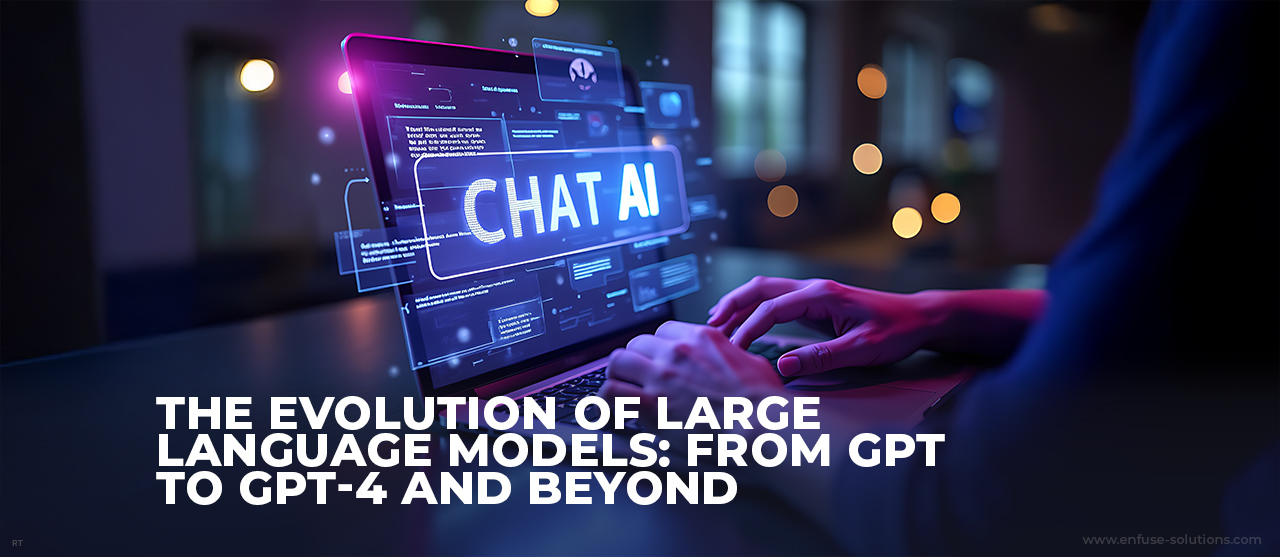
Over the last few years, Large Language Models (LLMs) have moved from research papers and labs into everyday tools that millions of people use. They write emails, generate code, analyze documents, translate languages, and even help businesses automate critical operations. But how did we get here? Let’s trace the journey of LLMs – from the early days of GPT to the cutting-edge innovations that lie ahead.
The Humble Beginnings: GPT-1
The story starts with Generative Pre-trained Transformer 1 (GPT-1), released by OpenAI in 2018. While it flew under the radar for many outside the AI community, GPT-1 marked a turning point.
- Model Size: 117 million parameters
- Key Breakthrough: Pre-training on a large corpus of text, followed by fine-tuning for specific tasks
- GPT-1 demonstrated that a single model, trained on a wide variety of internet text, could perform reasonably well on diverse NLP tasks.
Although limited in power and performance, GPT-1 planted the seeds of a new AI paradigm.
The Leap: GPT-2
In 2019, OpenAI unveiled GPT-2, and the world began to take notice.
- Model Size: 1.5 billion parameters
- Key Upgrade: Far larger dataset and model capacity
- It could write surprisingly coherent articles, poetry, and code snippets – enough that OpenAI initially held back the full model over misuse concerns.
GPT-2 proved that scaling up language models could lead to emergent capabilities – features that weren’t explicitly programmed but “emerged” through training.
Mainstream Explosion: GPT-3
2020 was a landmark year with the launch of GPT-3, and this is when the term “language model” hit mainstream consciousness.
- Model Size: 175 billion parameters
- Key Innovation: Few-shot and zero-shot learning – GPT-3 could perform new tasks with minimal or no examples.
- It became the brain behind applications like ChatGPT, helping users write essays, debug code, create content, and more.
For many, GPT-3 was their first real interaction with generative AI, and it set the standard for what was possible.
Smarter And Safer: GPT-4
Released in 2023, GPT-4 brought a significant leap in intelligence, reliability, and safety.
- Multimodal Capabilities: GPT-4 could process both text and images, making it far more flexible.
- Greater Factual Accuracy: Less prone to hallucinations compared to GPT-3.
- Improved Reasoning: Better at logical tasks, summarization, and context retention.
GPT-4 became the foundation of advanced AI agents, enterprise copilots, and even education and healthcare assistants. It was no longer just about language generation – it was about contextual understanding.
Beyond GPT-4: What’s Next?
The future of LLMs is already taking shape through advancements in the following areas:
1. Agentic AI
Models that don’t just respond but take autonomous action. They plan tasks, use tools, and operate independently toward defined goals. (Think: AI interns or executive assistants.)
2. Multimodality Everywhere
The next wave of LLMs won’t just understand language – they’ll natively process text, images, video, audio, and even 3D data. This opens up possibilities in virtual assistants, AR/VR, and robotics.
3. Smaller, More Efficient Models
While early evolution focused on size, the trend now is toward efficiency. With techniques like distillation, quantization, and retrieval-augmented generation (RAG), even smaller models can perform like giants, while being cheaper, faster, and more sustainable.
4. Personalized LLMs
Rather than a one-size-fits-all model, the future involves LLMs fine-tuned to your preferences, your industry, your tone – essentially, your own AI.
5. Open-Source Momentum
Open models like LLaMA, Falcon, and Mistral are challenging the dominance of closed systems. This shift is democratizing AI and accelerating innovation.
The Role Of EnFuse Solutions
As LLMs become more integral to enterprise workflows, having the right partner to navigate this complexity is crucial. EnFuse Solutions provides AI integration services and data annotation for training models by harnessing cutting-edge AI technologies to help businesses build safe, scalable, and intelligent solutions.
Whether you’re looking to fine-tune existing models or leverage multimodal AI capabilities, EnFuse Solutions bridges the gap between AI potential and practical business application.
Closing Thoughts
The journey from GPT to GPT-4 has been about more than bigger models. It’s a reflection of how quickly AI is maturing – from a research novelty to a cornerstone of modern productivity. As we move toward agentic, multimodal, and personalized AI, the potential is enormous.
We’re no longer asking, “Can AI do this?”
We’re now asking, “What do we want AI to do – and how do we make it responsible, safe, and aligned?”
With trusted partners like EnFuse Solutions, the evolution of AI is not just accelerating – it’s becoming smarter, safer, and more accessible for everyone.
The evolution continues, and we’re just getting started.







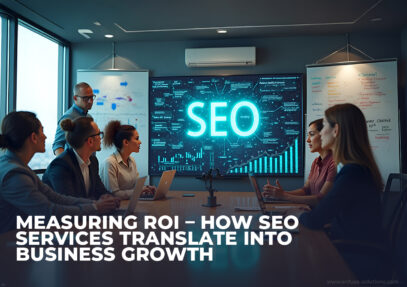
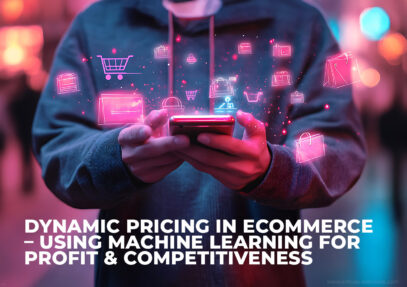
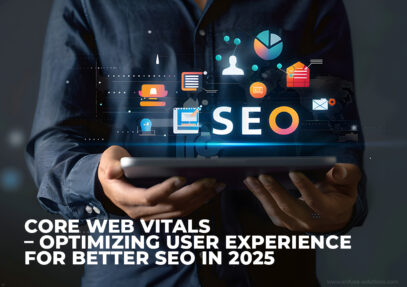
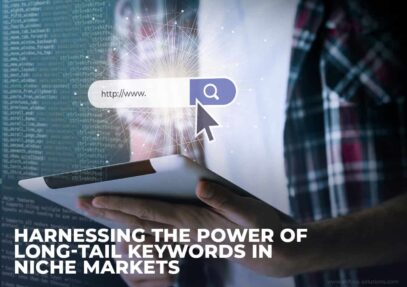
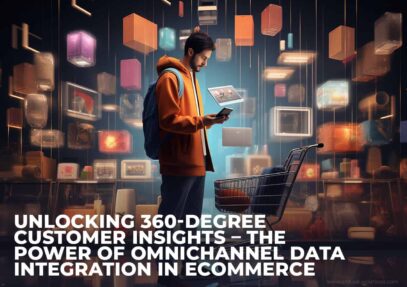
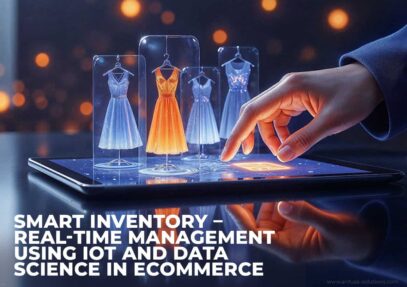
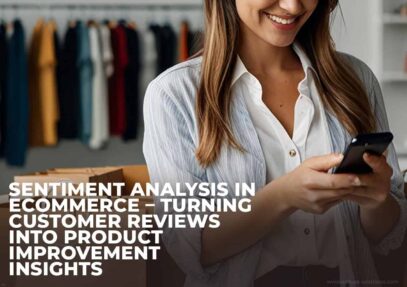
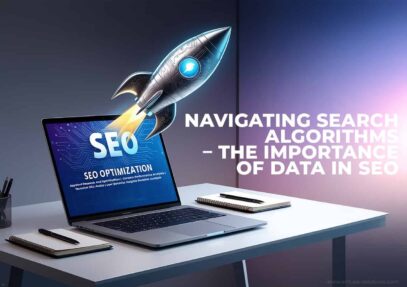
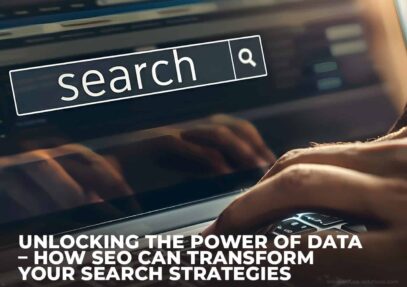

Comment